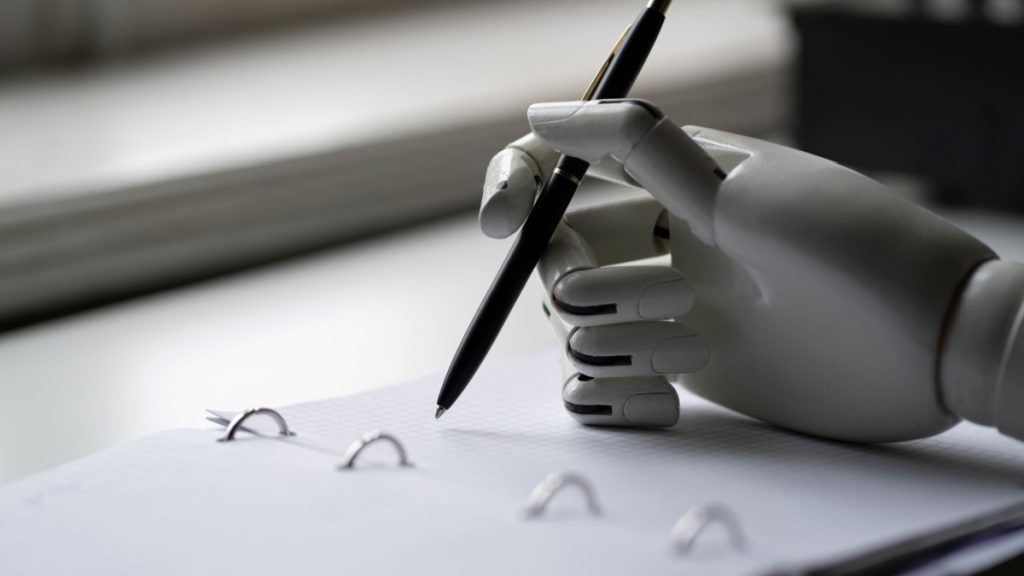
The advancement of artificial intelligence (AI) tools has sparked a proliferation of counterfeiting, enabling the creation of deceptive audio clips, fake writing, and videos. Now, AI has extended its reach to simulate an individual’s handwriting.
A team of researchers at the Mohammed bin Zayed University of Artificial Intelligence (MBZUAI) pioneered an AI model capable of learning and replicating a specific person’s handwriting, a groundbreaking innovation patented by the US Patent and Trademark Office.
But how did these researchers at Mohammed Bin Zayed University achieve this feat, what are its advantages, and how will this innovation impact our daily lives?
Initially, the researchers at MBZUAI embarked on developing an AI model to simulate handwriting out of scientific curiosity. Dr. Hisham Cholakkal elaborates, “We wanted to explore if a model, given a few samples of someone’s handwriting, could learn their style and reproduce it.” Their findings, presented at the International Conference of Computer Vision (ICCV) in 2021, showcased advancements over previous attempts to simulate handwriting using Generative Adversarial Networks (GANs).
To overcome inherent challenges in simulating handwriting patterns, researchers pivoted to Vision Transformers technology, departing from competitive generation networks. Vision Transformers, designed for computer vision tasks, address long-term tracking, crucial for understanding handwriting nuances.
Dr. Fahad Khan explains, “To mimic someone’s handwriting style, we need to examine the entire text, understanding ligature, character connection, and spacing.” This necessitates a global receptive field, unattainable with convolutional neural networks, prompting the adoption of transformer-based methods.
In assessing the accuracy of their model, termed the manual writing adapter (HWT), researchers compared it to other handwriting techniques. Their findings, based on feedback from 100 participants, revealed an 81% preference for HWT.
Dr. Salman Khan underscores the model’s performance validation, remarking on its indistinguishability from genuine handwriting and fake writing. While the initial focus was on English, the team aims to extend the technology to other languages, notably Arabic, challenging due to its script complexities.
Regarding the technology’s societal impact, it holds promise in aiding individuals with writing disabilities and enhancing machine learning capabilities. However, concerns arise over potential misuse for fraudulent activities, as AI-generated handwriting closely mirrors authentic writing.
Dr. Rao Mohamed Anwar stresses caution, acknowledging the technology’s potential risks in identity misrepresentation. Dr. Cholakkal emphasizes awareness of AI’s capacity to replicate handwriting styles, urging vigilance in its deployment.
Inside Telecom provides you with an extensive list of content covering all aspects of the tech industry. Keep an eye on our Intelligent Tech sections to stay informed and up-to-date with our daily articles.